Supplementary eye field encodes option and action value for saccades with variable reward
- PMID: 20739596
- PMCID: PMC4073903
- DOI: 10.1152/jn.00430.2010
Supplementary eye field encodes option and action value for saccades with variable reward
Abstract
We recorded neuronal activity in the supplementary eye field (SEF) while monkeys made saccades to targets that yielded rewards of variable amount and uncertainty of delivery. Some SEF cells (29%) represented the anticipated value of the saccade target. These neurons encoded the value of the reward option but did not reflect the action necessary to obtain the reward. A plurality of cells (45%) represented both saccade direction and value. These neurons reflect action value, i.e., the value that is expected to follow from a specific saccade. Other cells (13%) represented only saccade direction. The SEF neurons matched the monkey's risk-seeking behavior by responding more strongly to the uncertain reward options than would be expected based on their response to the sure options and the cued outcome probability. Thus SEF neurons represented subjective, not expected, value. Across the SEF population, option-value signals developed early, ∼120 ms prior to saccade execution. Action-value and saccade direction signals developed ∼60 ms later. These results suggest that the SEF is involved in transforming option-value signals into action-value signals. However, in contrast to other oculomotor neurons, SEF neurons did not reach a constant level of activity before saccade onset. Instead the activity level of many (52%) SEF neurons still reflected value at the time just before saccade initiation. This suggests that SEF neurons guide the selection of a saccade based on value information but do not participate in the initiation of that saccade.
Figures



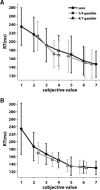


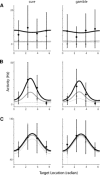

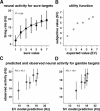

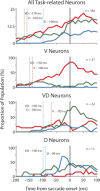
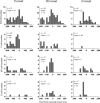
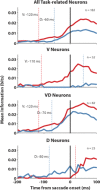


References
-
- Burnham KP, Anderson DR. Model Selection and Multimodal Inference. New York: Springer, 2002
-
- Busemeyer JR, Diederich A. Cognitive Modeling. Thousand Oaks, CA: SAGE, 2010
-
- Cisek P, Kalaska JF. Neural mechanisms for interacting with a world full of action choices. Annu Rev Neurosci 33: 269–298, 2010 - PubMed
MeSH terms
Grants and funding
LinkOut - more resources
Full Text Sources

